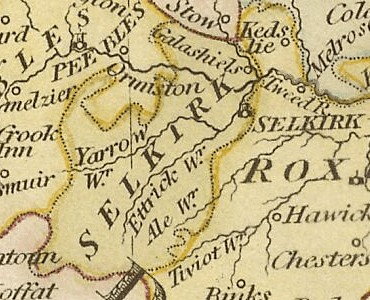Chapman code SEL | Area 691.5 km² | |
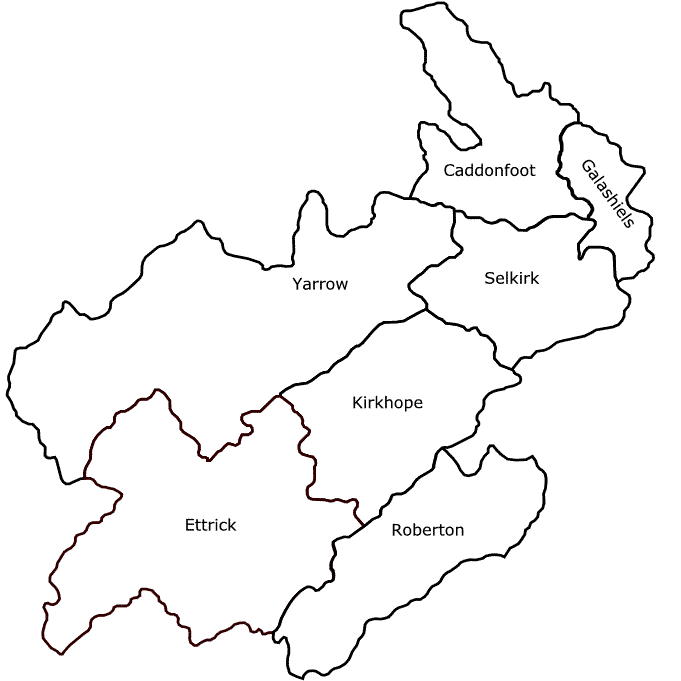 | ||
Selkirkshire or the County of Selkirk (Scottish Gaelic: Siorrachd Shalcraig) is a registration county of Scotland. It borders Peeblesshire to the west, Midlothian to the north, Berwickshire to the north-east, Roxburghshire to the east, and Dumfriesshire to the south. It derives its name from its county town, the Royal burgh of Selkirk.
Contents
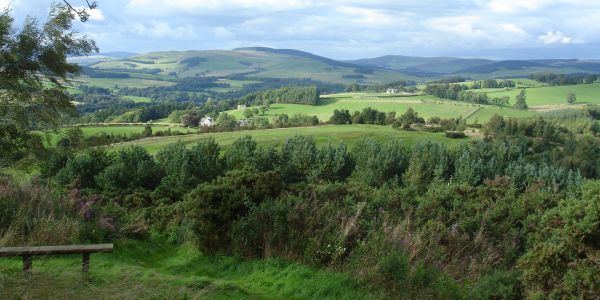
Until 1975 it was one of the thirty-three administrative counties of Scotland, with a county council formed by the Local Government (Scotland) Act 1889. Under the Local Government (Scotland) Act 1973 the use of counties as local government areas was abolished across Scotland, with its area becoming part of the Ettrick and Lauderdale district of the Borders Region. Unlike many counties, Selkirkshire has not continued to exist as a lieutenancy area, but has become part of Roxburgh, Ettrick and Lauderdale for these purposes.
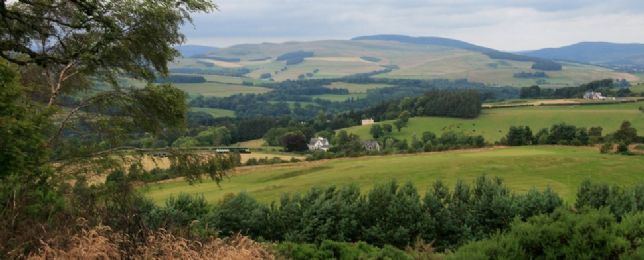
History
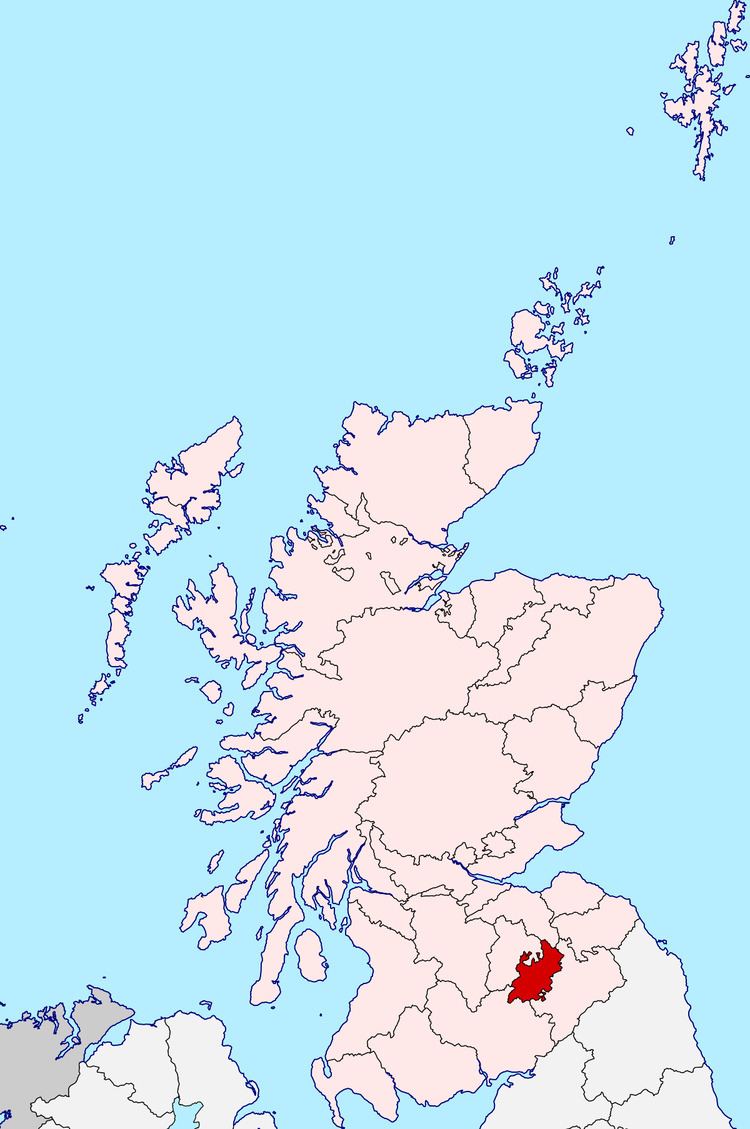
In the 1st Century AD Selkirk formed part of the lands of the native people who hunted it rather than settled there. Neither the Romans, Angles, or the Saxons cleared much of the forestry there and for centuries Selkirk was known for its forest coverage. Indeed, an alternative name for the county was Ettrick Forest. Under the Scottish kings the forest was regarded as Royal. Despite this it was not until the reign of James V that the sheriffs were appointed to administer the county on the Crown's behalf. Under Edward I of England, the forest was granted to the Earl of Gloucester.
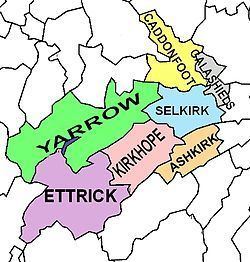
The first recorded sheriff is Andrew de Synton, appointed by William the Lion (d. 1214). Synton in the parish of Ashkirk, just east of the village centre, was an enclave of Selkirkshire surrounded by Roxburghshire. Later, the Earl of Pembroke assumed the hereditary sheriffdom. Under and after King Robert the Bruce, the Earls of Douglas, and later Earls of Angus administered the county. In 1501 John Murray (d. 1510), laird of Falahill, was made sheriff of Selkirkshire and on 30 Nov. 1509 he obtained a grant of the hereditary sheriffdom of Selkirkshire. His descendant Sir James Murray was deprived of office in 1681 for being remiss in punishing conventicles, but at the Glorious Revolution was raised to the session bench as Lord Philiphaugh and reinstated as sheriff. His son John Murray (died 1753) was the hereditary Sheriff of Selkirk from 1708 to 1734, when he was returned unopposed as MP for Selkirkshire, having resigned his hereditary sheriffdom to one of his sons. When in 1747 the heritable jurisdictions were abolished, Murray of Philiphaugh received £4,000 in compensation.The Sheriff-Deputes, previously appointed by the hereditary sheriffs, were now appointed by the crown and acted in place of the hereditary sheriffs One such sheriff of Selkirkshire was Sir Walter Scott who was appointed Sheriff-Depute in 1799, an office he held until his death in 1832.
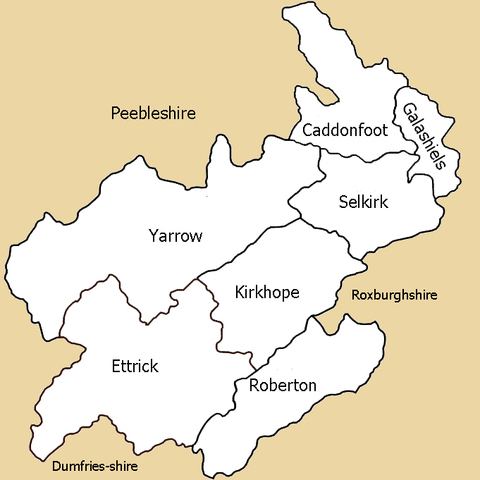
Folk ballads written of the county commemorate the Battle of Philiphaugh in 1645, the 'Dowie Dens' at Yarrow and Tibbie Shiels at St Mary's Loch.
Population
Population of the county by Civil Parish, according to the latest census (2011):
The population of the towns in the county (in 2011):
Historical population of the county as returned by the census was as follows:
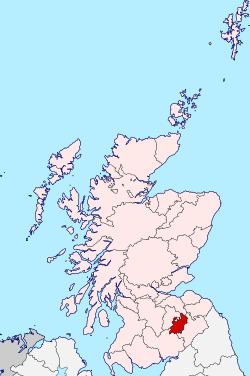
Ettrick Forest
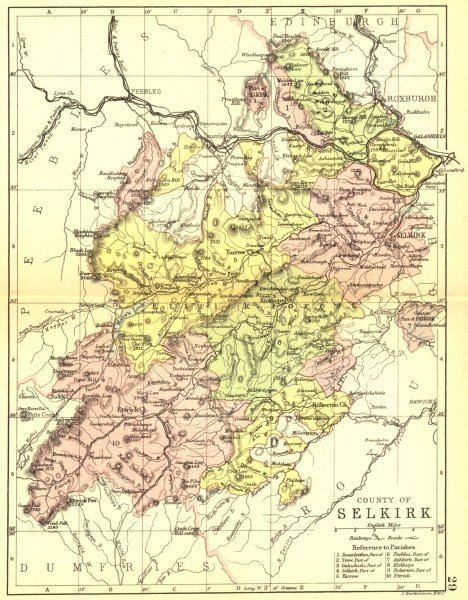
Ettrick Forest, also known as Selkirk and Traquair Forests, is a former royal forest in the Scottish Borders area of Scotland. It is a large area of moorland, south of Peebles, that once stretched from Ayr to Selkirk.
Keepers of the Forest
